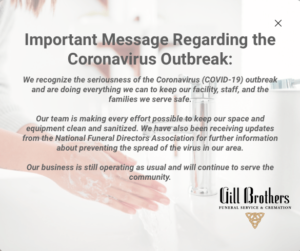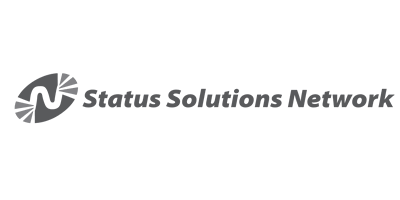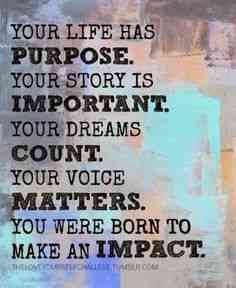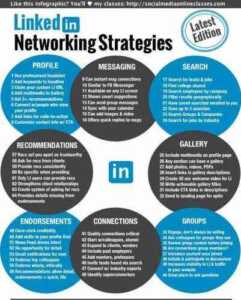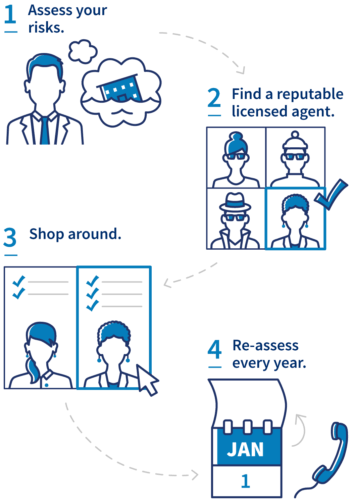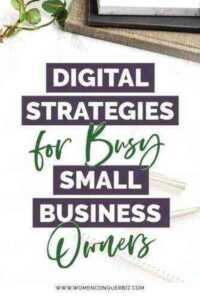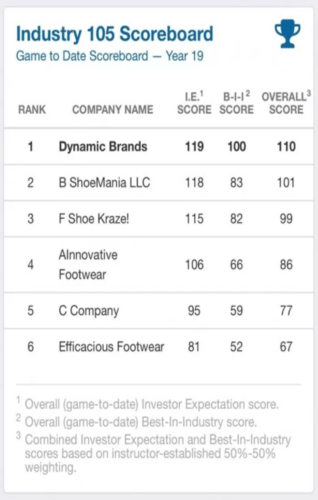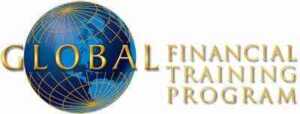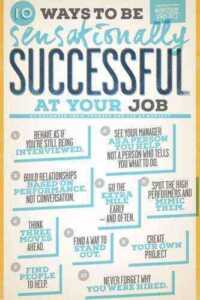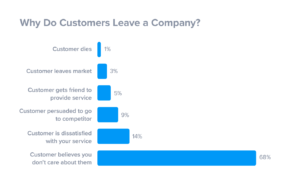However, his masterfully executed secret seems to be hardly imitated by few.
I’m sure apply this strategy in your business, it can make a huge difference to your income.
But what exactly has Bill been doing all these years that has led him to be one of the richest men on the planet? What exactly is your success?
My son asked me this question a few days ago:When did Bill Gates invent Windows?? to which I had to reply: “You see, he didn’t actually invent Windows, actually more than a nerd programmer or something like that, Gates is considered a marketing genius” and I continued “if something he has done well, it is sell your products.”
But let’s look at the story and analyze a little more in depth about his sales strategy:
- QDOS. This program was the basis of the first operating system for computers. It was a command program invented by Tim Paterson in 1980 that would later be baptized as PC-DOS.
- Bill Gates saw the potential to commercialize personal computers that did not exist at the time and saw in the QDOS program a first attempt to realize that vision. So he acquired the rights to the QDOS for $ 50,000 and achieved sell millions of copies in alliance with IBM thus making its first spectacular fortune.
- Windows 3.1: The success of DOS was not enough and the demand for a graphical operating system led Bill Gates to work with his first graphical versions from Windows 1.0, 2.0, 2.03 until reaching 3.1 of which he sold 2 million copies in 6 months. It is said that the basis for this operating system was an idea taken from the Apple company who claimed intellectual rights which shows that Microsoft did not invent this operating system but took the idea from someone else.
- Windows 95: After a series of consumer enhancements and a new graphical presentation, Microsoft launches its successful Windows 95 product.
- Windows 98: In 1998 this new version of the system was launched with great success but with certain claims of functionality, so a year later Windows 98 Second Edition was re-launched, an improved version of the first.
- Windows 2000: Launched in February 2000 under the premise of “professional line”, this new updated version of the previous system (W98) is released, also selling millions of copies.
- Windows ME: that same year, in September and under the premise of the “change of millennium” that so frightened the technology markets Windows ME comes out, a version that although it was of very poor quality … it also sold millions of copies.
- Windows Xp. Some improvements to Windows ME and in October 2001 Windows XP was launched again with great success and also many defects. Software that is improved later with some patches that were updated by Internet. Furthermore, this version already contained another marketing concept important: XP HOME and XP PROFESSIONAL that suggest the idea of different options for home or office users (?).
- Windows Vista: around January 2007 a redesigned “new version” was released with many technical changes especially aimed at security. Version that was not liked by many consumers but still sold for millions.
- Windows 7 – Released in October 2009, this is the latest and “state of the art” version from Microsoft. It is estimated that by the end of the year they will have sold some 300 million licenses.
- Windows 8: no date or features or “new benefits” that the offer will propose is yet known. But the expectation for the consumer it is already created.
All this without mentioning other parallel versions such as Windows NT, Windows CE, Windows Server, Windows Workstation, etc. or other products like Internet Explorer, Windows Media Player, Paint, Wordpad, Defender, etc.
As you can see, history reveals Bill Gates’s Big Secret and his successful business strategy that we could describe it colloquially as follows:
- Identify a potential market for a product
- You don’t have to invent that great product yourself
- Get that product and buy it for a great price
- Then sell it in bulk
- Then upgrade it and sell it again
- Then upgrade it, rename it and sell it one more time
- Repeat the steps above and keep selling it
- It uses premises like “new”, “improved”, “latest technology”, “higher security”, “faster”, “improved functions”, and so on. and sell it again
- If they criticize your product, use it as an excuse to offer a new proposal and keep selling
- Never stop selling, people always like “new”
So that, Bill Gates you have been selling us improved versions of your product over and over again and if we add to this that a program is now also sold in different languages, then the market expands almost unlimitedly. And if you multiply this for each product they now sell, then we can understand why he is still the richest businessman on the planet.
This same strategy is commonly applied by companies of detergents, toothpastes, automobiles, cell phones, etc. that improve or implement new features to their products and sell them through renewed advertising campaigns.
If you liked this article, I will appreciate if you click on “like” on facebook. And in the meantime, you can continue with others business topics:
